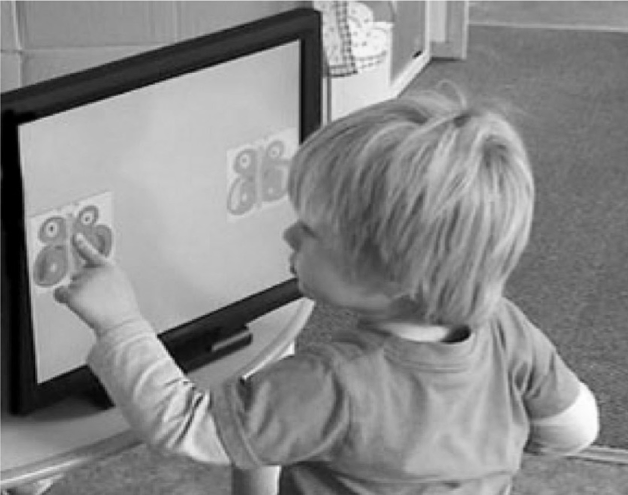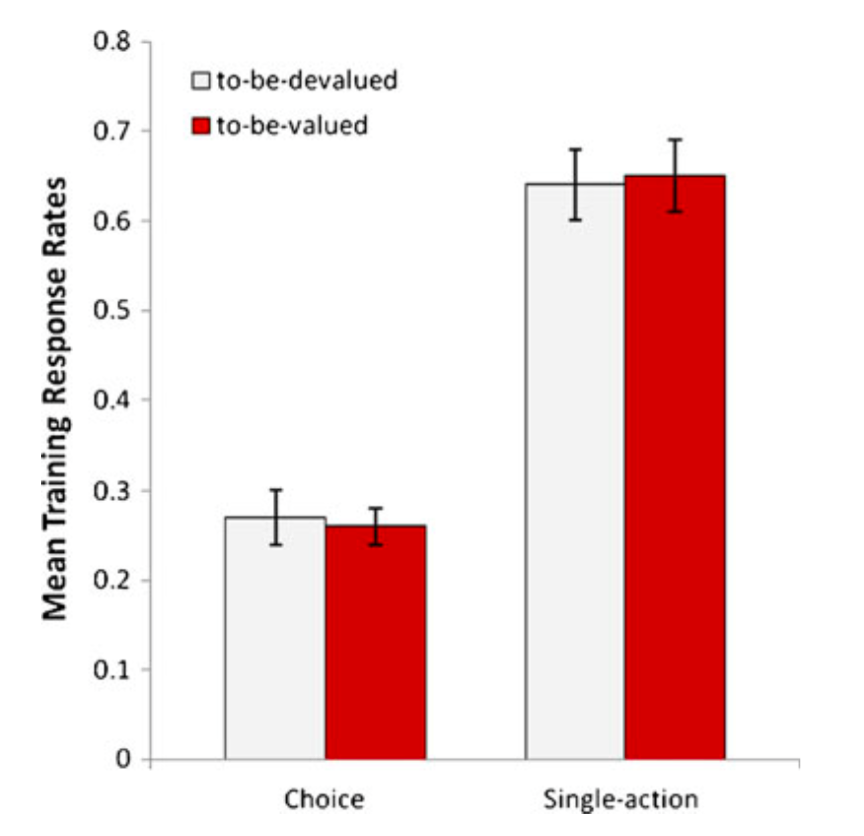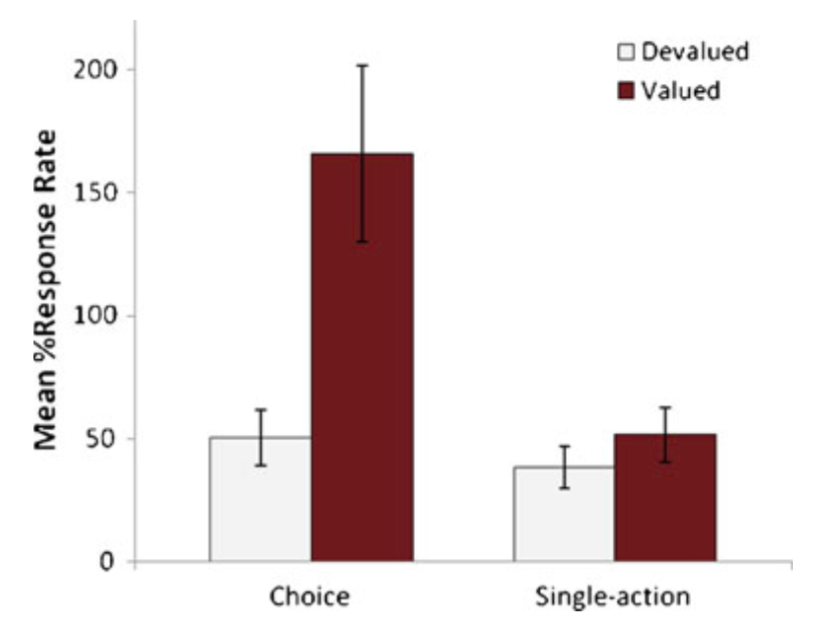Click here and press the right key for the next slide (or swipe left)
also ...
Press the left key to go backwards (or swipe right)
Press n to toggle whether notes are shown (or add '?notes' to the url before the #)
Press m or double tap to slide thumbnails (menu)
Press ? at any time to show the keyboard shortcuts
Training Effects

Klossek & Dickinson, 2012 figure 1a

Klossek & Dickinson, 2012 figure 2
Training Effects (Klossek, Yu & Dickinson, 2011)
Subjects: 3-4 year olds
Training:
Choice Group : perform Action1 to see Clip1 or Action2 to see Clip2
Single-Action Group : only one action is available at once
(Frequency of Action1 and Action2 is matched across groups!)
Devalue Clip1 (expose to satiety)
Test: both actions available. What do Ss select?
Results:
Choice group selects Action2
Single-Action Group selects Action1 and Action2 equally

Klossek et al, 2011 figure 1

Klossek et al, 2011 figure 2
Whether you learn about the effects of an action
can influence
whether that action becomes dominated by instrumental or habitual processes.


